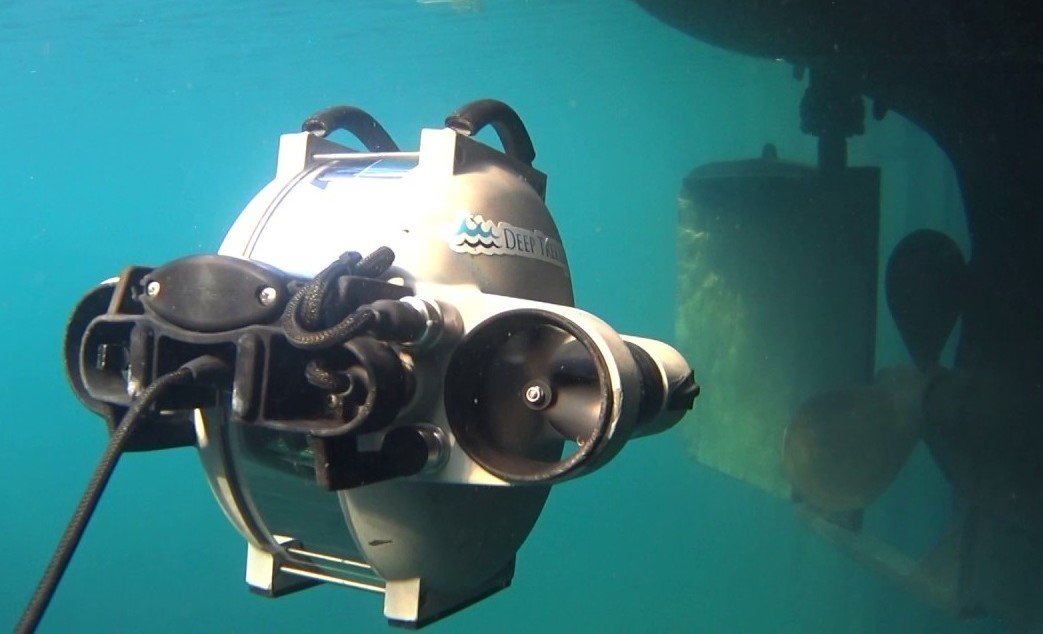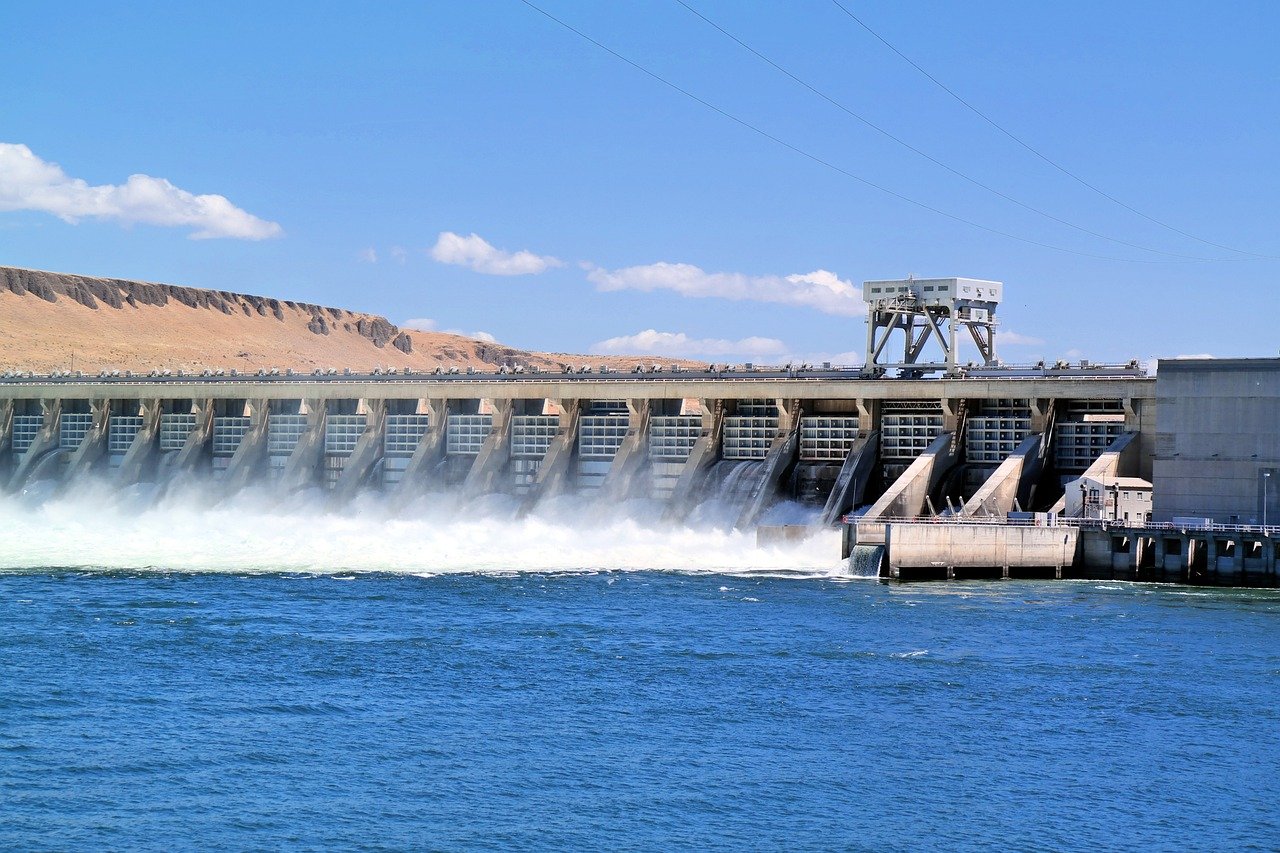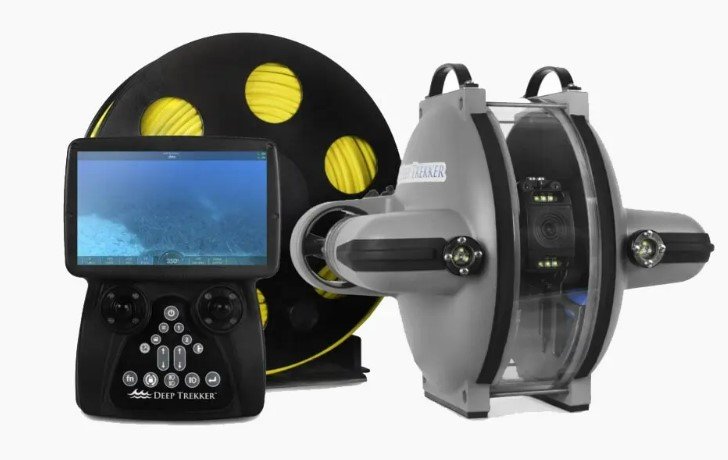Remote Inspections (ROVs & Drones)
We provide safe, low-cost inexpensive solutions for underwater inspections to suit our clients’ needs, from aquaculture to underwater infrastructure inspections. ROVs can perform various types of inspections, including Close Visual Inspection (CVI) and General Visual Inspection (GVI), which involve checking for cracks, corrosion, leaks, scrapes, buckling, discoloration, marine growth, and paint conditions.
Our high-tech class 1 remotely operated vehicle (ROV) is equipped with full HD camera, 3 thrusters and can dive for up to 200 m (656’) depth to carry any kind of underwater inspection applications including and not limited to the following industries:
Maritime (Shipping, Workboats, Ports & Harbors):
By using ROVs for Under Water Inspection UWI, vessel owners and operators can avoid the high costs and operational downtime associated with dry-docking. This method allows for continuous operation of the vessel while ensuring compliance with regulatory requirements and maintaining the vessel's structural integrity.
Energy (Offshore Wind, Oil & Gas, Hydroelectric):
Underwater ROVs provide critical support in underwater inspections, maintenance, environmental and asset monitoring, and more. Using an ROV instead of divers completely removes all the intrinsic risks of sending humans underwater and ensure Safe and efficient inspections for hydroelectric, nuclear, fossil fuels, offshore wind and offshore oil and gas structures including, sea chests, ballast tanks, moorings, risers and platform legs.
Infrastructure and Civil Engineering:
ROV offers cost-effective and safe inspection when it comes to regular underwater inspections of bridges, reservoirs, dams and clean water can often be difficult without the use of ROVs.
Clean Water (water Storage Tanks):
State regulations covering water storage tank inspection and cleaning vary, regardless of government regulations, regular inspection is recommended. Typically, tanks are drained to be inspected or require divers to inspect and clean. ROVs are designed to complete the job without the safety risks and time lost without interruption of service.
Marine Science:
ROVs are a key tool used to observe underwater habitats. This ROV has a 300-meter tether and HD cameras that give scientists and researchers access to underwater worlds like coral reefs, collect samples, and samples to study the marine ecosystem
Aquaculture (fish farming)
Perform regular and efficient aquaculture inspection with underwater ROVs by reducing costs and environmental impact by using traditional divers.


